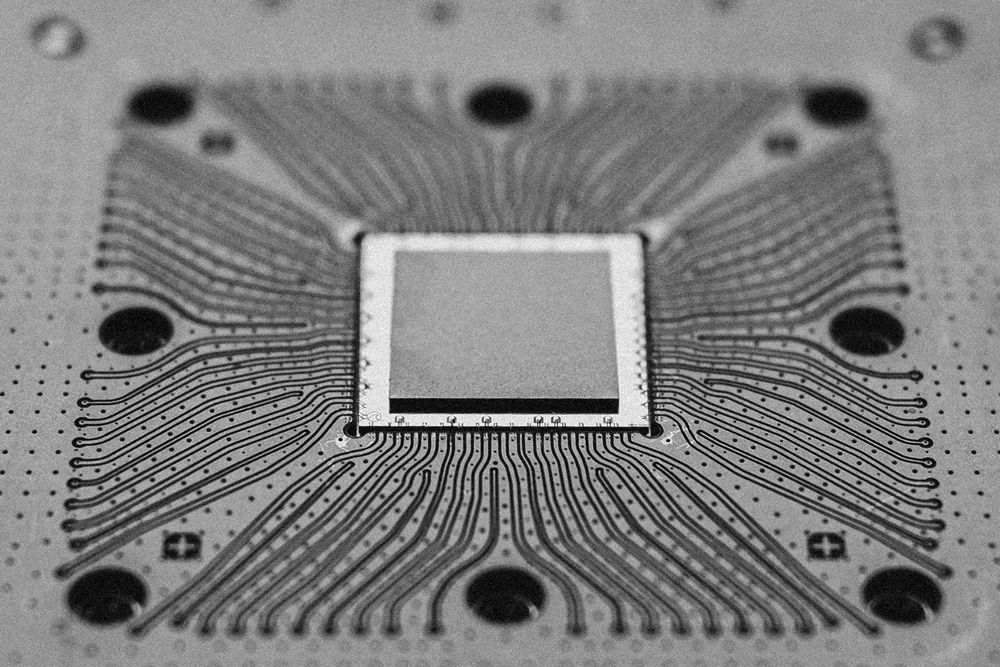
Without the breakthrough innovations described above, quantum computing will remain a niche technology. By addressing these challenges together, we can start a new Moore’s Law for the exponential growth of quantum computational power.
Without the breakthrough innovations described above, quantum computing will remain a niche technology. By addressing these challenges together, we can start a new Moore’s Law for the exponential growth of quantum computational power.
Our quantum integrated circuit means that the cost of scaling will be lithographically defined. With this approach, we’re not just building quantum computers—we’re enabling real-world adoption into HPC data centers and unlocking quantum's transformative potential.
Our quantum integrated circuit means that the cost of scaling will be lithographically defined. With this approach, we’re not just building quantum computers—we’re enabling real-world adoption into HPC data centers and unlocking quantum's transformative potential.
We are now integrating our fluxonium qubits with cryogenic controllers into one modular chip stack to create the first integrated circuit for quantum compute. By moving the qubit controls inside of the fridge, we’re enabling unprecedented scalability.
We are now integrating our fluxonium qubits with cryogenic controllers into one modular chip stack to create the first integrated circuit for quantum compute. By moving the qubit controls inside of the fridge, we’re enabling unprecedented scalability.
At the heart of our solution is our fluxonium-based superconducting qubit architecture, which achieve 20X improved single-qubit gate fidelities and 10X improved two-qubit gate fidelities compared to competing state-of-the-art quantum processors.
At the heart of our solution is our fluxonium-based superconducting qubit architecture, which achieve 20X improved single-qubit gate fidelities and 10X improved two-qubit gate fidelities compared to competing state-of-the-art quantum processors.



